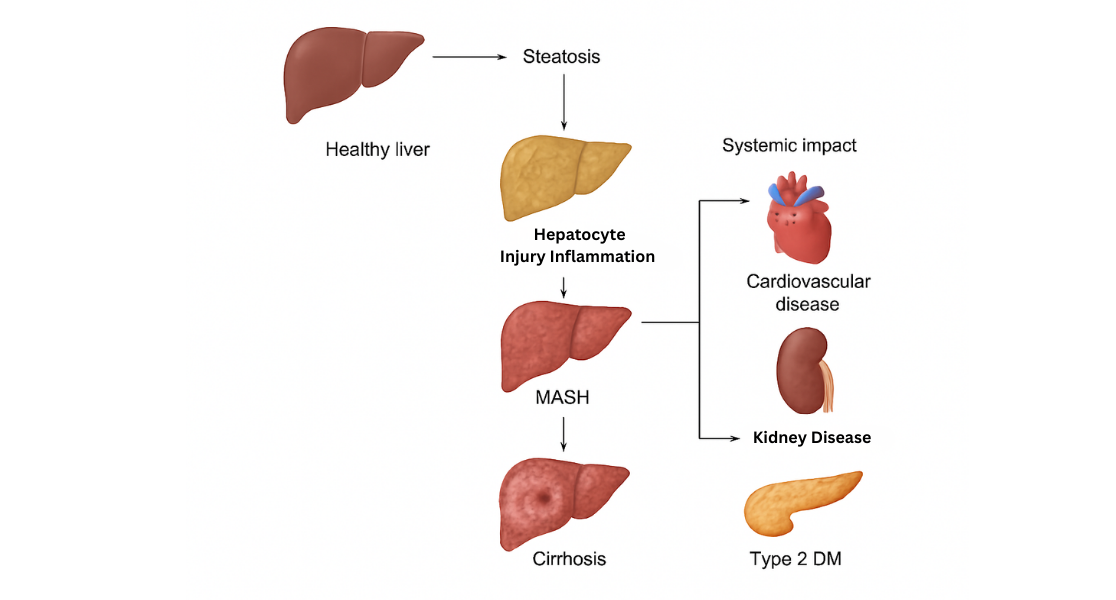ACE-Supported Research Puts a Viral Workout to the Test
In a world flooded with fitness fads promising instant results, the 12-3-30 workout emerges as a beacon of simplicity—walk at a 12% incline, set your treadmill speed to 3 mph, and go for 30 minutes. Popularized on social media by influencer Lauren Giraldo in 2019, this routine quickly went viral on TikTok, YouTube, and Instagram. But does it live up to the hype, or is it another fleeting fitness craze? ACE enlisted exercise physiologist Lance Dalleck, PhD, and his High Altitude Exercise Physiology team at Western Colorado University to investigate whether the 12-3-30 workout is safe, effective, and—perhaps most importantly—enjoyable enough to sustain long-term adherence.
The Social Media Phenomenon Behind the 12-3-30 Workout
Scrolling through TikTok, you’ll encounter billions of videos of people performing the 12-3-30 workout—arms swinging, glutes engaged, smiles on faces as they conquer 30 minutes on a treadmill. Its appeal lies in minimal equipment (just a treadmill), straightforward instructions, and a promise of improved cardiovascular fitness, fat loss, and sculpted lower body. But social media loves a catchy hook; true fitness effectiveness requires more than surface-level appeal. That’s where ACE’s rigorous, ACE-supported research model steps in.
Study Design: Putting the 12-3-30 to the Test
Seventeen healthy adults (average age 28 years), physically capable of moderate activity yet not meeting the recommendation of 150 minutes per week, enrolled in the study. None had cardiovascular risk factors, musculoskeletal limitations, or pregnancy concerns. After an initial VO₂max test and anthropometric measurements, participants completed a familiarization session to master treadmill settings: a constant 12% incline at 3 mph for 30 minutes.
During the official trial, subjects wore a metabolic cart to record:
- Heart-rate reserve (%HRR)
- Oxygen uptake reserve (%VO₂R)
- Calories burned
- Perceived enjoyment (feeling scale and exercise enjoyment questionnaire)
Unpacking the Results: Intensity, Energy Expenditure, Enjoyment
Moderate-Intensity Exercise
The ACE guidelines classify exercise intensity based on percent heart-rate reserve. Participants averaged 47.4% HRR—squarely within the moderate-intensity zone. Their average heart rate reached 124.2 bpm, peaking at 151 bpm for some individuals, showing that the workout consistently elevated cardiovascular demand without overstraining the body.
Meaningful Caloric Burn
With an average energy expenditure of 220.8 ± 49.7 kcal per session, the 12-3-30 workout meets the recommended daily energy expenditure targets (150–400 kcal) for chronic disease prevention and weight maintenance. This half-hour routine thus delivers substantial metabolic benefits comparable to more complex protocols.
Enjoyment Drives Adherence
Exercise enjoyment often predicts long-term adherence more strongly than efficacy alone. On the bipolar feeling scale (5 to +5), participants scored between +2 (“good”) and +4 (“very good”). The exercise enjoyment questionnaire revealed that 50% felt it “very pleasant,” 62.5% agreed “it feels good,” and 62.5% “got something out of it.” Even minor boredom or frustration ratings were outweighed by positive perceptions, indicating that the workout is both tolerable and enjoyable enough to encourage repeat participation.
Why Simplicity Wins: The Power of the 12-3-30 Workout
Unlike complex HIIT routines or equipment-heavy programs, the 12-3-30 workout thrives on simplicity. A single, adjustable machine—the treadmill—provides incline and speed settings that scale intensity for beginners through advanced exercisers. No need for kettlebells, resistance bands, or elaborate gym setups. Participants only need to:
- Set incline to 12%
- Set speed to 3 mph
- Walk for 30 minutes
This simplicity reduces decision fatigue and minimizes barriers, making exercise initiation and consistency far more likely. As Dr. Dalleck points out, “If people enjoy the activity, safety and effectiveness become secondary—they’ll keep doing it,” and enjoyment remains high with the 12-3-30 workout.
Customizing for Different Fitness Levels
Although the average participant was a healthy young adult, trainers should adjust the protocol to match individual capacities:
- Beginners or Deconditioned Individuals: Start with a lower incline (6–8%) or shorter duration (10–15 minutes) and gradually progress to 12-3-30.
- Older Adults or Those with Joint Issues: Reduce speed to 2.5 mph and incline to 8%, focus on posture and controlled arm swing.
- Advanced Exercisers: Increase incline to 14–15% or incorporate hand weights for upper-body engagement, ensuring proper form remains intact.
Crucially, progression should follow the FITT principle (Frequency, Intensity, Time, Type) and adhere to ACE’s exercise programming guidelines.
Integrating 12-3-30 into Broader Fitness Plans
While the 12-3-30 workout excels as a standalone cardiovascular session, it shines when woven into comprehensive training regimens:
- Warm-up: A shorter 12-3-30 session at a lower incline primes the body for strength work.
- Cardio Block: Perform 2–3 times per week, alternating with resistance-training days.
- Active Recovery: Use a gentle 12-3-30 day (6–8% incline) to promote blood flow without muscle soreness.
- Weight-Management Program: Alternate 12-3-30 with longer endurance sessions to maximize calorie burn.
By combining treadmill workouts with mobility drills, resistance training, and flexibility exercises, individuals can achieve comprehensive fitness improvements.
Safety Considerations and Best Practices
ACE’s investigation reaffirms safety when adherence to proper protocols. Key recommendations:
- Footwear: Wear supportive shoes with good traction to prevent slips on an incline.
- Posture: Maintain an upright torso, slight forward lean from the hips, and a controlled arm swing to engage the upper body without excessive shoulder strain.
- Monitoring: Use heart-rate monitors to ensure moderate intensity (40–59% HRR) and avoid unintentionally pushing into vigorous zones too early.
- Hydration and Ventilation: Ensure adequate water intake and a cool, well-ventilated environment to manage heat stress.
Clinicians and fitness professionals should screen for orthopedic or cardiovascular contraindications before prescribing the full 12-3-30 intensity.
Translating Research into Real-World Impact
ACE’s research transforms social media hype into evidence-based practice. Rather than dismissing viral workouts as fleeting trends, ACE demonstrates how rigorous scientific scrutiny can validate or debunk routines, guiding professionals and enthusiasts toward safe, effective exercise choices. The 12-3-30 workout not only stands up to scientific testing but also embodies the convergence of:
- Accessibility: One machine, minimal setup.
- Adherence: High enjoyment scores foster repeat behavior.
- Effectiveness: Meets moderate-intensity and caloric-burn targets.
- Scalability: Easily adapted for diverse populations.
The Road Ahead: Fitness in the Age of Social Media
The 12-3-30 phenomenon underscores the power of social platforms to disseminate fitness concepts rapidly. Yet popularity alone cannot dictate prescription. ACE’s model—identifying promising viral routines, conducting controlled trials, and disseminating findings through authoritative education—sets a blueprint for integrating hype with hard data. Future viral workouts should undergo similar ACE-supported evaluations to ensure safety, efficacy, and enjoyment before widespread adoption.
Conclusion: Embrace the Evidence, Enjoy the Process
The 12-3-30 workout proves that simplicity, when grounded in scientific research, can yield significant health benefits. Walk at a 12% incline, maintain 3 mph, and commit to 30 minutes—and you have a time-efficient, moderate-intensity exercise that burns meaningful calories, elevates heart rate into the optimal training zone, and remains enjoyable enough to sustain long-term adherence. By combining social media’s motivational reach with ACE’s evidence-based rigor, fitness professionals and exercisers alike can confidently incorporate the 12-3-30 workout into balanced, personalized exercise programs that stand the test of both science and the treadmill belt.










